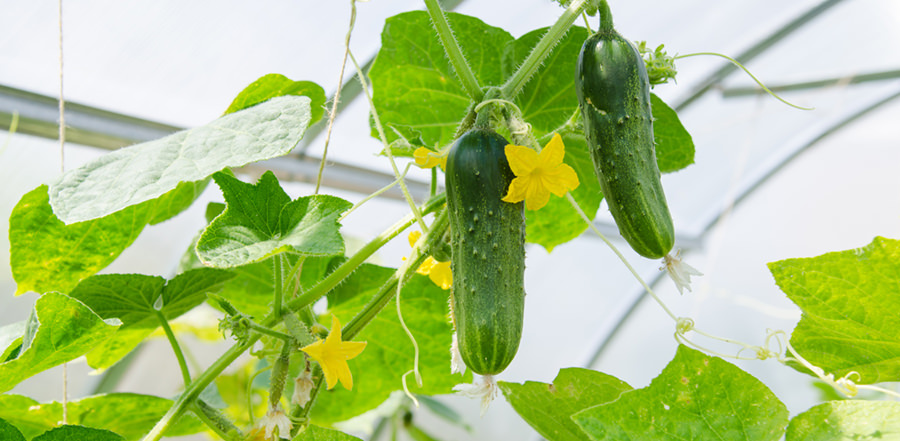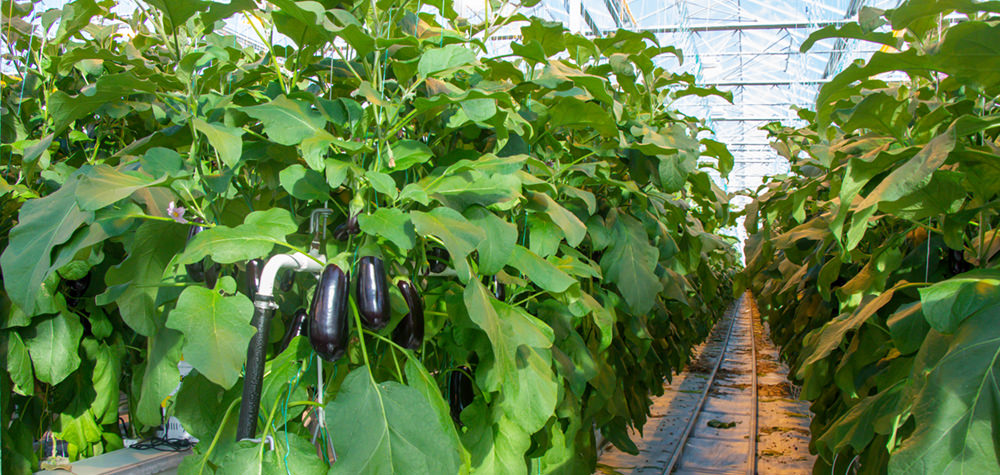The Impact of LED Light Spectrum on Crop Resilience
LED grow lights are powerful tools for optimizing crop performance and improving profits. Growers use different light spectra to drive photosynthesis and regulate various growth processes. However, research and usage of light spectra mainly focus on commercial cultivation, such as yield and quality, while the effects on plant defenses are often overlooked.
The fact is that the LED light spectrum also influences plant resistance to environmental stress. This information is important for exploring opportunities to cultivate hardier, more adaptable crops capable of defending against pests and diseases and withstanding the ever-changing environmental challenges.
What is crop resilience?
Crop resilience refers to the ability of a plant to withstand and bounce back from challenges such as pests, diseases, droughts, and even extreme temperatures. At its core, crop resilience is the capability of plants to maintain their growth, yield, and overall performance in the face of adverse conditions. This resilience can stem from various factors, such as a plant's natural defenses, root structure, or even its ability to adjust its growth patterns.
LED lighting is emerging as a powerful tool to enhance crop resilience and it is used for pest management. By understanding the intricate interplay between the light spectrum and crop resilience, growers can develop strategies to fortify crops against challenges while maintaining productivity.
LED light spectrum and crop resilience
Plants respond to the light around them. Different colors or wavelengths of light can have a profound effect on how plants grow, defend themselves, and interact with pests.
LED Lighting Revolutionizes Crop Resilience and Productivity in Greenhouse Cucumbers
Research from scientists at Wageningen University & Research has unveiled fascinating insights into the power of LED lighting to enhance the resilience and productivity of cucumbers in greenhouses. By precisely tuning the light spectrum, growers can essentially "steer" crops to prioritize growth, ramp up defensive mechanisms, or find the perfect balance.
It's all about leveraging the ways plants naturally respond to the light environment. For example, adding a touch of far-red light creates a "shade avoidance" response, prompting stems to extend for better light capture. However, this enhanced growth comes at the cost of reducing chemical defenses against pests and diseases.
Conversely, tweaking the ratio of red to blue wavelengths can boost those defensive compounds that make crops more resistant to insects and pathogens. UV light also activates protective pigments. However, going too far can stress plants and backfire on yields.
The scientists describe plants under idealized LED light as essentially becoming "photoprotected" - optimizing their ability to efficiently use light energy for growth while still producing metabolism-boosting antioxidants that help them endure stresses.
What's particularly powerful is how LED lighting allows growers to dynamically adjust this balance of growth vs. defense over the crop cycle based on major events like pest outbreaks. Targeted light treatments could switch on defense pathways ahead of time or focus biomass partitioning into fruiting bodies at key reproductive stages.
But it's not just crops that respond to these light "signals" - many pests and pollinators like bees are also attracted or repelled by certain wavelengths. The implications for integrated pest management and pollination optimization are huge.

LED Lighting Strategies Impact Eggplant Growth and Resilience
A study published in the journal Plant Science investigated the effects of various LED lighting strategies on eggplant (Solanum melongena) physiology and resilience. The researchers found that the specific light spectrum to which eggplants are exposed can significantly impact their growth, disease resistance, and even the pest populations that find them attractive.
The study found that adding far-red light to a combination of red and blue light increased the overall size of the eggplant fruit. However, this increase in size came at a cost: the eggplants that received far-red light were also susceptible to a fungal disease called botrytis.
On the other hand, the study also found that far-red light had a positive effect on the eggplants' resistance to another fungal disease, powdery mildew. Interestingly, the far-red light did not appear to have any significant impact on the population of predatory mites that help control pest populations.

LED lighting can be a powerful tool to enhance crop resilience
The research reveals an incredible opportunity to precisely control plant traits and behavior using LED lighting as a potent tool. By gaining a better understanding of the fundamental science, growers can craft robust "plant resilience" strategies perfectly suited to their crops and production systems.
At Atop, we specialize in producing high-quality LED grow lights. Our lights offer precise wavelengths, including full-spectrum options for comprehensive plant growth, as well as supplemental far-red and UV lights for targeted benefits. Browse our selection or contact us to discuss your horticulture lighting needs.

